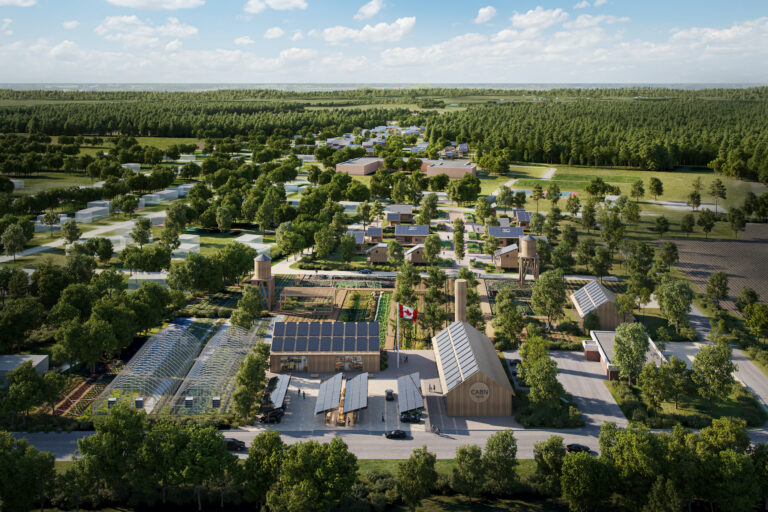Thursday, July 3, 2025
The Ontario government is launching the largest competitive energy procurement in the province’s history, focused on generating affordable electricity for families and businesses. This builds on the province’s plan to procure up to 5,000 megawatts (MW) of energy through a series of procurements to help foster economic prosperity and meet the growing demand for clean and reliable energy.
The government announced a plan of action for more affordable energy, supporting Ontario’s diverse supply mix including nuclear, hydroelectric, renewables, natural gas, and biomass.
The Second Long-Term Procurement (LT2) will plan future energy initiatives in communities that provide consent while protecting prime agricultural areas, including:
- Requiring energy project developers to receive municipal support resolutions to ensure local support and consent for new projects.
- Prohibiting all projects in specialty crop areas and ground-mounted solar in prime agricultural areas to prevent solar farms.
- Incentivizing projects located in northern Ontario and those which avoid prime agricultural areas, along with a plan to unlock Crown Lands for renewable energy.
- Incentivizing economic opportunities for projects with or by Indigenous communities on whose traditional territory the projects are proposed.
- Requiring Agricultural Impact Assessments for projects that are permitted on all prime agricultural areas.
“With energy demand growing rapidly, our government is stepping up by advancing our largest energy procurement in our history. Our all-of-the-above’ energy resource approach will expand access to affordable electricity to families and businesses across Ontario while opposing the regressive carbon tax,” said Stephen Lecce, Ontario’s Minister of Energy and Electrification.
The Minister’s letter to the Independent Electricity System Operator (IESO) outlines that the procurement should be transparent, competitive, and cost-effective to secure technology-agnostic energy resources, including wind and solar. This includes explicit directions to protect prime agricultural areas. The Minister is also requesting that the IESO bring options to expedite delivery of the procurement to help meet growing demand.
To advance Ontario’s expanded electricity needs, the IESO is expected to report back with a procurement design framework by September 20, 2024, and consider how to conclude energy and capacity procurements by February 28, 2026. The accelerated timelines will ensure that Ontario can continue to support large-scale investments that require a clean and reliable energy supply to create well-paying jobs across the province.
This procurement also builds on the government’s recent procurement of nearly 3,000 MW of new battery storage projects ranging from five to over 400 MW in capacity.
“Our forecasts show that Ontario will need more resources to meet demand as our population and economy grows and continues to electrify,” said Lesley Gallinger, chief executive officer of the IESO. “We’ve been engaging with the sector and communities, and with this accelerated timeline, we are ready to move quickly to secure supply from all eligible technologies.”
The Canadian Renewable Energy Association (CanREA) welcomed the announcement, which brings the industry one step closer to the LT2 procurement of 5,000 MW of new electricity resources by 2034, including wind and solar, which was first introduced last December.
“This is a highly anticipated procurement and we are excited to get started,” said Vittoria Bellissimo, president and CEO of CanREA. “CanREA’s member companies have decades of experience building renewable energy and energy storage projects across Canada, in successful partnerships with project stakeholders and rights holders such as Indigenous communities, municipalities, landowners and farmers. Together with these partners, our members are ready to quickly deploy new, low-cost and reliable wind and solar projects in Ontario, to help extend the province’s clean-energy advantage,” said Bellissimo.
The IESO has forecast that by 2050, Ontario’s electricity consumption will rise by 60 per cent. This demand stems primarily from Ontario’s rapid increase in population, new manufacturing facilities, advanced technologies like artificial intelligence (AI) data centres, the electrification of industry, and the charging energy required for electric vehicles.
For further information, visit: IESO Resource Adequacy Update
Featured image credit: Getty Images











